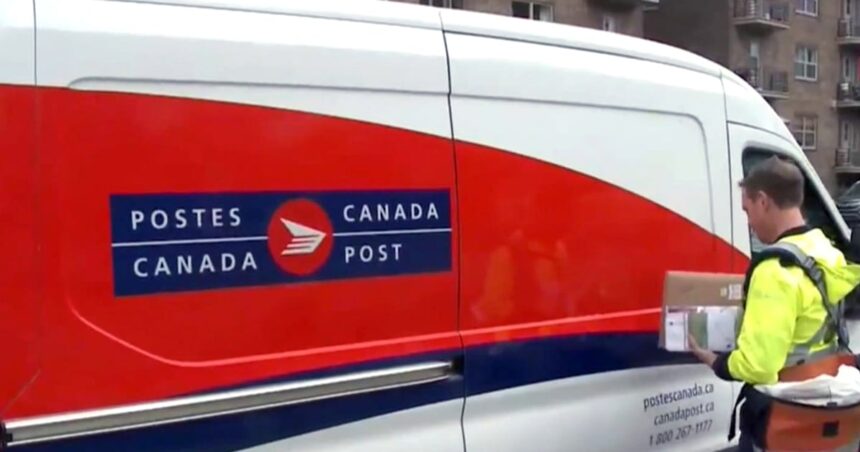The picket lines around Canada Post facilities grew more vocal Tuesday as the nationwide postal strike entered its seventh day with no immediate resolution in sight. Over 55,000 postal workers have now spent a full week away from their sorting stations and delivery routes, leaving millions of Canadians and businesses increasingly concerned about delayed mail and parcels.
“We didn’t want to be here, but Canada Post has left us no choice,” said Jean-Claude Parrot, president of the Canadian Union of Postal Workers (CUPW), addressing hundreds of demonstrators outside the main distribution center in Mississauga. “Our members deserve fair wages that keep pace with inflation and workplace safety guarantees that protect their wellbeing.”
The strike, which began last Wednesday after months of unsuccessful negotiations, has effectively halted mail delivery across the country. According to Canada News, the dispute centers primarily on three key issues: wage increases to offset inflation, workplace safety improvements, and job security protections against automation.
Canada Post’s latest offer included a 7.5% wage increase over four years—significantly below the 14% over three years that the union has requested. The Crown corporation maintains its proposal is “fair and reasonable” given current economic conditions.
“We understand the essential service our employees provide to Canadians,” said Dale Jenkins, spokesperson for Canada Post. “But we must balance fair compensation with financial sustainability in an era of declining mail volumes.”
The economic impact is mounting daily. The Canadian Federation of Independent Business estimates the strike is costing small businesses approximately $250 million per week in delayed payments and lost business. Online retailers who rely heavily on Canada Post for deliveries have been scrambling to find alternative shipping methods, often at significantly higher costs.
Federal Labour Minister Seamus O’Regan has urged both sides to return to the bargaining table but has thus far resisted calls from business groups to introduce back-to-work legislation. “We believe in the collective bargaining process,” O’Regan told reporters yesterday. “Both parties need to work toward a resolution that respects workers while ensuring this essential service can resume.”
The strike has highlighted Canada’s growing dependence on digital infrastructure. While many Canadians have shifted to electronic billing and communications, significant gaps remain. Rural communities, seniors, and those receiving government cheques by mail have been particularly affected by the service disruption.
In Toronto, demonstrations have spread beyond postal facilities to include rallies at MP offices. Labour groups from across the political spectrum have joined in solidarity, including teachers’ unions and manufacturing workers.
“This isn’t just about postal workers,” explained Maria Gonzalez, a Toronto-based labor analyst. “It’s becoming a referendum on whether essential workers can maintain middle-class wages and benefits in today’s economy. Many Canadians see their own struggles reflected in this dispute.”
As businesses adapt to the prolonged disruption, courier services report being overwhelmed with increased volume. FedEx and UPS have implemented surcharges for residential deliveries during what they’re calling “unprecedented demand.”
For now, both sides remain entrenched in their positions, though sources close to the negotiations suggest informal talks may resume as early as Thursday. Meanwhile, Canadians are left wondering: in an increasingly digital world, how much bargaining power do essential service workers truly have when fighting for their economic future?










